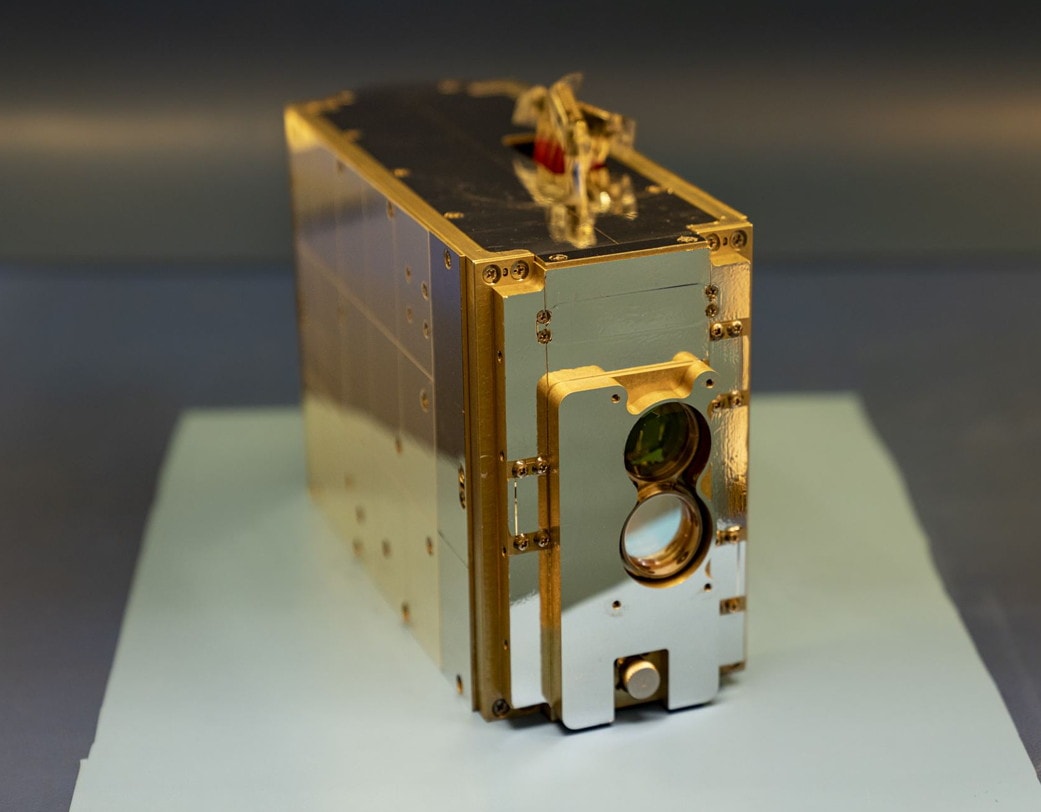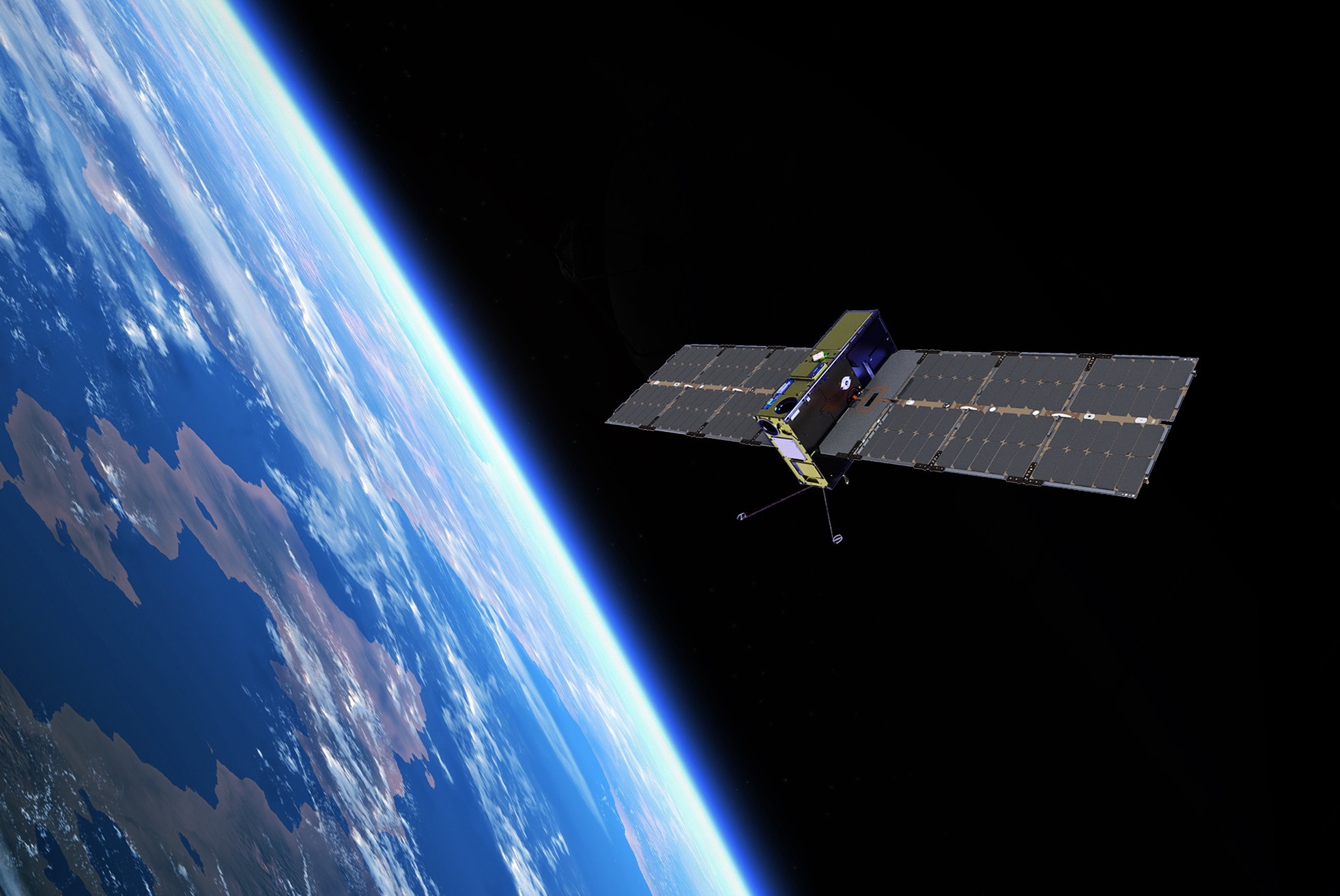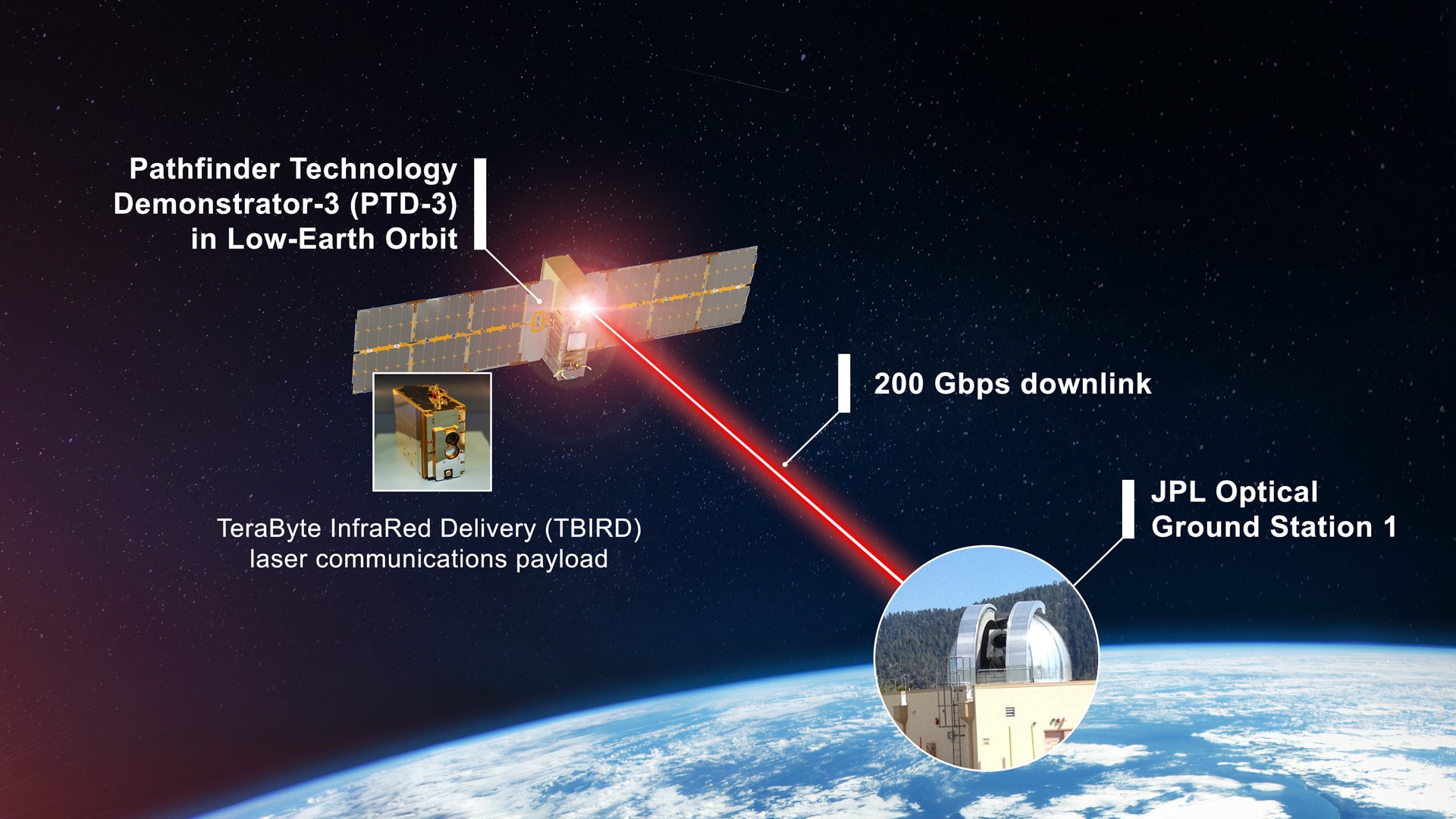Decades of space exploration have taught us that communicating with distant spacecraft is challenging due to vast distances. While radio frequency systems have served us well, they have limitations in speed and data capacity.
NASA has been exploring laser communication as a potential solution, offering faster and higher quality data transmission over long distances. TBIRD, a NASA experiment launched in 2022, aimed to test laser communication technology from low Earth orbit.
Despite its small size, TBIRD successfully transmitted data to an optical ground station in California, demonstrating the potential of laser communication for future space missions. TBIRD’s success is a significant milestone in the development of laser communication technology.

It has proven that laser communication is a viable alternative to radio frequency systems for space communication. Laser communication can transmit data at much higher speeds than radio frequency systems, which is essential for many space missions. It can also transmit data over much longer distances, which is important for deep space exploration.
In addition to its high speed and long range, laser communication is also more efficient than radio frequency communication. Laser communication requires less power to transmit data, which is important for spacecraft with limited power supplies. Laser communication is also less susceptible to interference from other sources of electromagnetic radiation, which is important for avoiding data corruption.
The success of TBIRD has paved the way for future laser communication experiments. NASA is now planning to launch a more advanced laser communication system that will be able to transmit data at even higher speeds and over even longer distances. This system will be used to communicate with spacecraft that are traveling to the Moon and Mars.
Laser communication is a promising technology that has the potential to revolutionize space communication. It offers faster, higher-quality, and more efficient communication than radio frequency systems. With the success of TBIRD, NASA is now closer to realizing the full potential of laser communication for space exploration.
The TBIRD, a small satellite equipped with commercial telecommunication modems, has achieved a groundbreaking milestone in space communication. Initially designed for a six-month mission, it defied expectations by remaining operational for two years. This week, NASA announced the end of the mission as the satellite, lacking its propulsion, was gradually pulled closer to Earth’s atmosphere.
Despite its limited lifespan, the TBIRD made significant contributions to space communication technology. It holds the record for the world’s fastest satellite downlink from space using laser communications. In 2023, it reached peak activity, breaking several records for data speed and quantity. One notable achievement was the transmission of 4.8 terabytes of data in just five minutes, at a staggering speed of 200 gigabits per second.
This remarkable feat was accomplished while the TBIRD was traveling at an astonishing speed of 17,000 miles per hour. The satellite’s ability to maintain a stable laser link connection under such extreme conditions is a testament to its advanced technology.
The TBIRD’s success has paved the way for future advancements in laser communications. It has demonstrated the feasibility of using affordable, lightweight, and low power solutions for high-speed data transmission from space. NASA is now focusing on further developing laser communication technologies to support its ambitious space exploration plans.
The Psyche spacecraft, currently on its journey to the asteroid 16 Psyche, is equipped with Deep Space Optical Communications (DSOC) technology, which has already achieved impressive data transmission speeds. Additionally, the upcoming Artemis II mission will feature another laser demonstrator, further enhancing NASA’s capabilities in this field.

The TBIRD’s achievement is particularly significant because it challenges the traditional notion that high speed space communication requires large, complex, and expensive systems. The satellite’s success proves that innovative and cost-effective solutions can be used to achieve remarkable results.
Furthermore, the TBIRD’s ability to transmit large amounts of data at high speeds has important implications for future space missions. It opens up new possibilities for scientific research, exploration, and communication with astronauts. For example, it could enable real-time video conferencing between Earth and Mars, or the transmission of high-resolution images from distant planets.
The TBIRD’s mission has been a resounding success. It has not only broken records for satellite downlink speed but has also demonstrated the potential of laser communications for future space exploration. Its legacy will continue to inspire scientists and engineers as they strive to push the boundaries of space communication technology.

